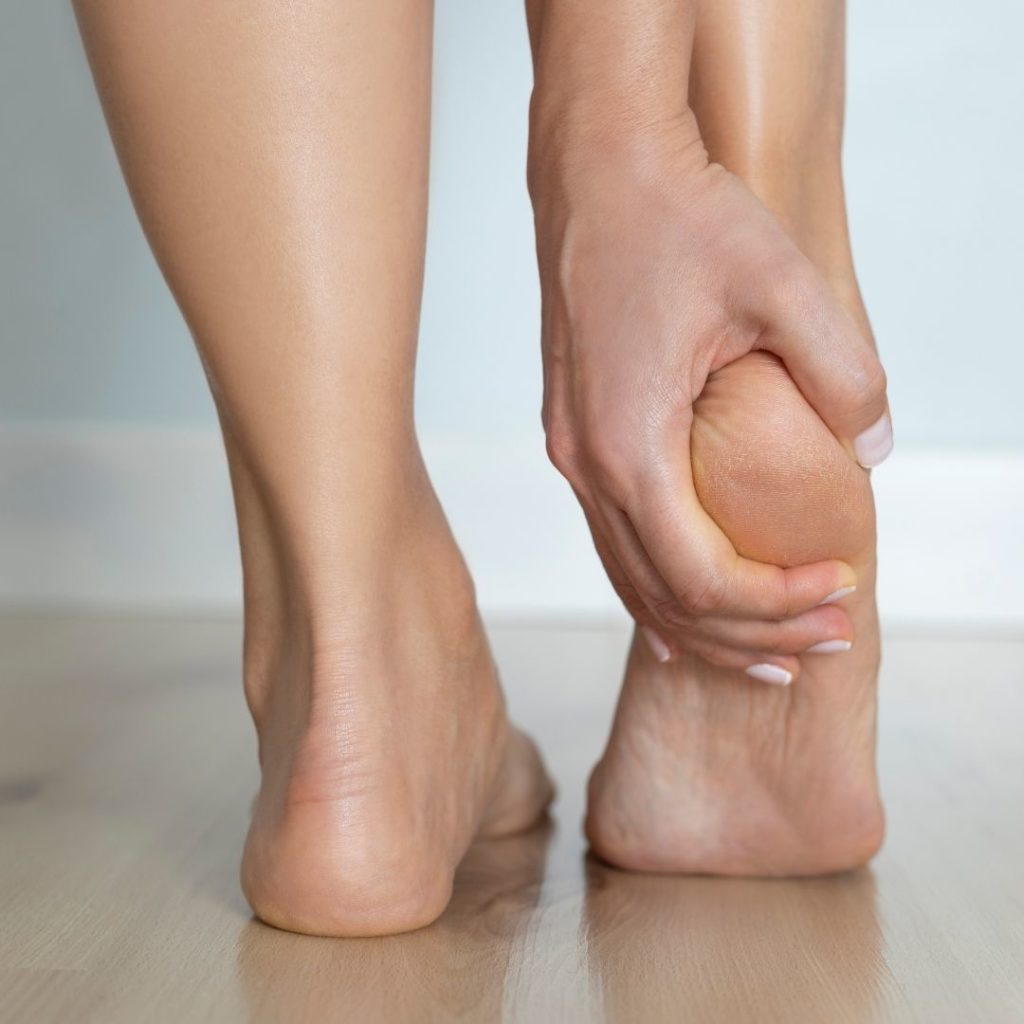What is Plantar fasciitis?
Plantar fasciitis is the most common cause of heel pain. The plantar fascia is the band of tissue that connects your heel bone to the toes which support the arch of your foot and absorbs shock while walking, Too much pressure on the fascia leads to inflammation of the tissue and causes heel pain.

Symptoms
Stabbing pain in the bottom of your foot near the heel. The pain is usually worse in the morning when you take your first few steps out of bed, after prolonged standing, or when you wake up from sitting.
Who gets it?
It’s slightly more common in women than men. Women who are pregnant often experience bouts of plantar fasciitis, particularly during late pregnancy.
Risk factors
Age-Active men and women between the ages of 40 and 70 are at the highest risk for developing plantar fasciitis
Obesity- If you are overweight there is more pressure on your plantar fascia ligament.
Certain types of occupations- Teachers, restaurant workers, and others who spend more of their work hours walking or standing on hard surfaces are having increased risk.
Foot structure- Flat foot or high arch foot.
Some types of exercises- long-distance running, exercises, and activities that place more pressure on your feet.
Footwear type- Poor arch support shoes and footwear which is not fit for your feet.
Home remedies for plantar fasciitis
Icing- Apply an ice pack to your pain area for 15 minutes about 3 to 4 times per day.
Change your exercise activities- Change your exercise activities from walking or jogging to swimming with a low impact on your feet.
Choose the right footwear- Use arch-supported footwear. Avoid high heel footwear and walk barefoot.
Healthy weight- Extra weight will give more pressure on your feet. So Maintaining a healthy weight is more important.

